![credit: Jan Norden via Inhabitat [ http://inhabitat.com/af-bostader-builds-smallest-micro-home-in-sweden-to-provide-affordable-student-housing/]](http://assets.curbly.com/photos/0000/0016/4732/bijoux-dwelling-537x357_large_jpg.jpg?1366033371)
Can you imagine neighborhoods of these little guys popping up? The anti-McMansion micro-home is actually an apartment designed by AF Bostader (Sweden) to be used as student housing. Tiny, yes,… Continue reading on Curbly.com
    
|
![credit: Jan Norden via Inhabitat [ http://inhabitat.com/af-bostader-builds-smallest-micro-home-in-sweden-to-provide-affordable-student-housing/]](http://assets.curbly.com/photos/0000/0016/4732/bijoux-dwelling-537x357_large_jpg.jpg?1366033371)
Can you imagine neighborhoods of these little guys popping up? The anti-McMansion micro-home is actually an apartment designed by AF Bostader (Sweden) to be used as student housing. Tiny, yes,… Continue reading on Curbly.com
    
|
Wojciech Lipiński, Dr. Sc.Techn, said at the National Meeting & Exposition of the American Chemical Society (ACS) of recycling carbon dioxide (CO2), “It may seem like trying to put the genie back into the bottle. But it already has been proven with laboratory scale equipment. The process uses three of the worlds most abundant and inexpensive resources. Sunlight is the energy source and carbon dioxide and water are the raw materials.”
The search for ways to use the megatons of industrial carbon dioxide emission has led to a process system for converting that “major greenhouse gas” back into a fuel that released it in the first place.

Solar CO2 Capture Process Graph. Image Credit: Solar Energy Lab, University of Minnesota. Click image for the largest view.
Additionally Lipiński also discussed another project that could be part of a process system using inexpensive calcium oxide, made from ordinary limestone, to capture CO2 before it leaves the smokestacks of coal-fired electric power stations. The CO2 reacts with calcium oxide, forming calcium carbonate, the same material in blackboard chalk, some calcium dietary supplements and some antacids. The calcium carbonate then goes into a reactor that removes the CO2 and regenerates the calcium oxide for another encounter with the CO2.
Both processes use highly concentrated sunlight as the energy source. The test facility built at the University of Minnesota by Lipiński and his colleague Jane Davidson, Ph.D., is a high-flux solar simulator consisting of seven 6,500-watt light bulbs and mirrors that focus the light into a spot about 2 inches in diameter. Temperatures in that spot can reach 3,600º F, which is far higher than the melting point of iron.
In a smokestack process system the solar heat would remove the carbon dioxide from calcium carbonate and regenerate the calcium oxide. In the “genie-out-of-the-bottle” CO2 process, that heat fosters breakdown of carbon dioxide and water to form carbon monoxide and hydrogen, the two components of “synthesis gas” or “syngas.”
The name for syngas comes from its time-tested use – for more than a century – in making or synthesizing other products. Syngas can be converted into synthetic hydrocarbons, for instance, gasoline, diesel and jet fuel or aviation kerosene. Jet fuel is already industrially produced in significant quantities from syngas obtained from coal and natural gas.
Lipiński and his colleagues are developing prototype reactors to demonstrate syngas production from water and captured carbon dioxide in the solar simulator. A full-scale commercial facility would use a field of mirrors to focus sunlight onto a central reactor, similar to the emerging concentrated solar power, or CSP, facilities that now use heat from sunlight to produce electricity.
Lipiński noted that the sunlight-to-synfuels technology could be the basis of “carbon-neutral” energy production, in which CO2 is reused, with the same amount released into the air from burning of fossil fuels removed and put back into synfuels. With their similarity in composition to conventional fuels and long history of use, synfuels made with the solar process also would not require a new infrastructure.
In a closed loop system the CO2 could be used over and over again endlessly. If the sunlight energy source can be made to work in a cost effective manner the idea could get some legs.
Another point that isn’t considered is the ordinary limestone supply is considerable. While no one so far has put the latest technology to numbers ordinary limestone isn’t expensive, making CO2 collection something, well, everyone could do if the technology could scale up economically.
As far fetched as that sounds the tempering comes from the heat units needed. Lipiński and his colleagues have the germ of a great idea, but the 45,500 watts at their disposal in the lab focused to a 2” diameter doesn’t easily transfer into something we could use to work up a paper napkin scenario. Nor is there a rate discussed. It’s an idea in need of more data.
That and the making of the syngas and converting it to fuel aren’t addressed from a cost or facility cost.
We’ll be keeping an eye out for more progress at Minnesota. The idea has a certain charm; using CO2 over and over again does offer the global warming folks a hint of a way to reduce the CO2 emissions. On the other hand, a massive CO2 reduction effort would put anthropological CO2 reduction in direct competition to the planet’s plant life ecosystem.
It’s not as simple as it seems.


There’s careful about security and then there’s careful about security. Know what we mean? If you’re one of those folk who’s *careful* about your privacy [...]
213 words | permalink | One comment | digg this
continue reading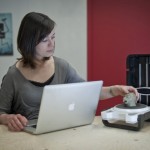
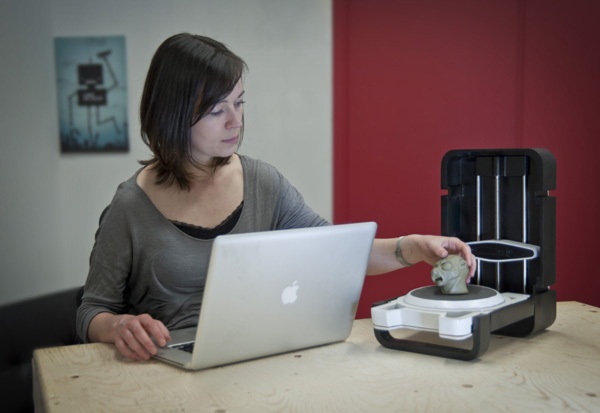 Are your skills in traditional arts far superior to those in the computer sciences department? Do you ever wish that [...]
Are your skills in traditional arts far superior to those in the computer sciences department? Do you ever wish that [...]
145 words | permalink | No comments | digg this
continue reading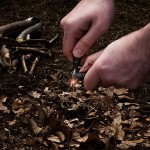
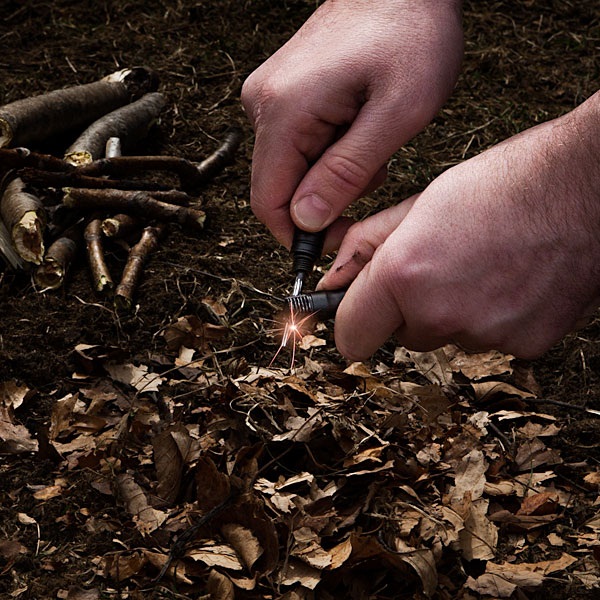 There are days when you wish you had super powers. Invisibility, super strength, or laser eyes would definitely spice up the regular [...]
There are days when you wish you had super powers. Invisibility, super strength, or laser eyes would definitely spice up the regular [...]
156 words | permalink | No comments | digg this
continue reading
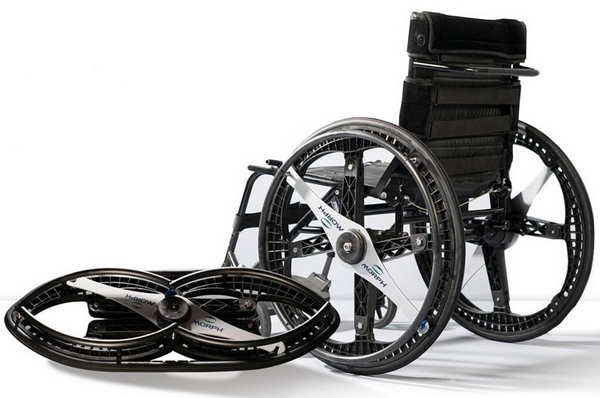
Billed as the world’s first ever foldable wheelchair wheels, these Morph Wheels actually started life as a folding bicycle design, but the developers quickly realized [...]
269 words | permalink | No comments | digg this
continue readingThe popular stop-smoking iOS app Crush the Crave has been updated
One of the things about having “Mad Men” on TV is it totally reminds me how much friggin’ cigarette smoking used to go on Back in the Day. Seriously, it’s hard to believe now, what with smoking being banned basically everywhere but private homes–and most people not even smoking there any more (my own step mom goes outside her own house, where she lives alone, to smoke; that’s how you know when something has significantly changed)–but there used to be smoking everywhere. I mean, everywhere. Airplanes and buses and restaurants and public parks. Used to be there were public ash trays all over the place, and you would see cigarette butts everywhere. No more. (Now even French restaurants in Paris have no-smoking sections!)
But once you get that habit, it’s durn tough to kick. Which is why there’s still a need for something like the Crush the Crave app. This app was designed by the Propel Centre for Population Health Impact at the University of Waterloo. The app has features that allow you to track your progress in quitting, registering milestones, reminding you how much dough you’ve saved, and many others. The new version has cool help screens and a customized quit plan to help you monitor your habits, understand the cravings, and quite a few more.
Been needing some help in kicking your smoking habit? Maybe this is what you need. Surf on over and check it out; it’s available from the iTunes app store for an MSRP of $FREE. And if you get it and use it, be sure to let us know how it works out for you below!
continue reading
    
|
 This project uses a PICAXE 20X2 microcontroller to interface an old style PS2 keyboard with a 2 X 16 LCD. The program is quite lengthy and is probably not perfect but most functions seem to work. Because some special keys use a preceeding $E0 character which the PICAXE Kbin command ignores, I was no...
This project uses a PICAXE 20X2 microcontroller to interface an old style PS2 keyboard with a 2 X 16 LCD. The program is quite lengthy and is probably not perfect but most functions seem to work. Because some special keys use a preceeding $E0 character which the PICAXE Kbin command ignores, I was no...Karl.niemannTesting feed to ifttt
 It's been almost a year since I posted the original Solar Shrub on Instructables http://www.instructables.com/id/Solar-Shrub/. It was a great success from the standpoint that it did what it was supposed to do (charge small devices using nothing but energy from the Sun) . Plus, winning the grand priz...
It's been almost a year since I posted the original Solar Shrub on Instructables http://www.instructables.com/id/Solar-Shrub/. It was a great success from the standpoint that it did what it was supposed to do (charge small devices using nothing but energy from the Sun) . Plus, winning the grand priz...